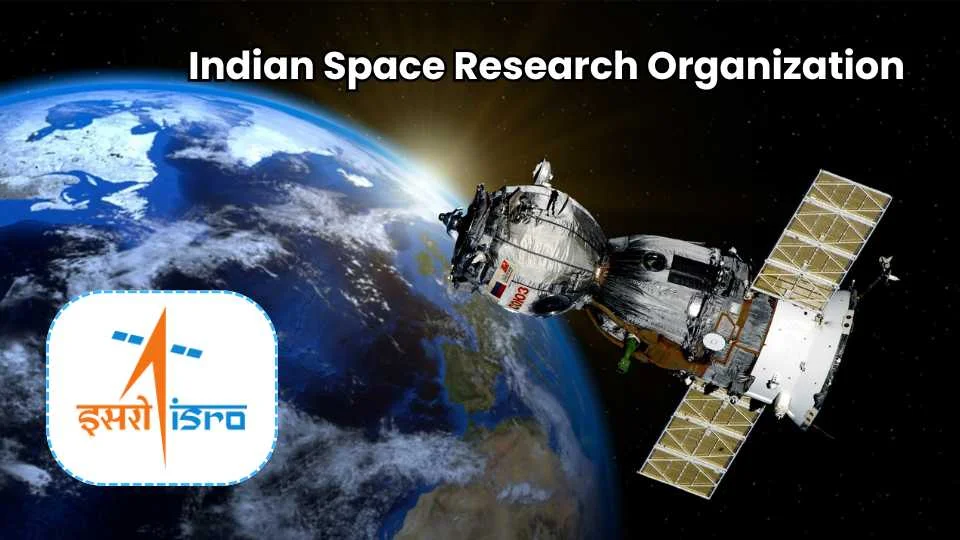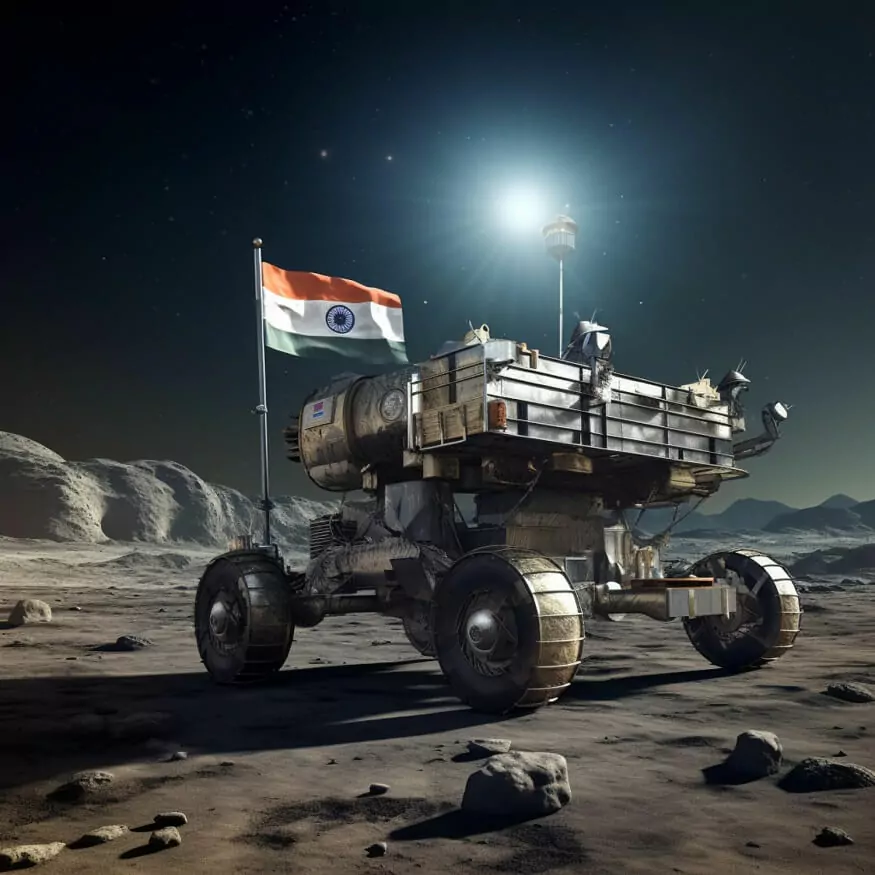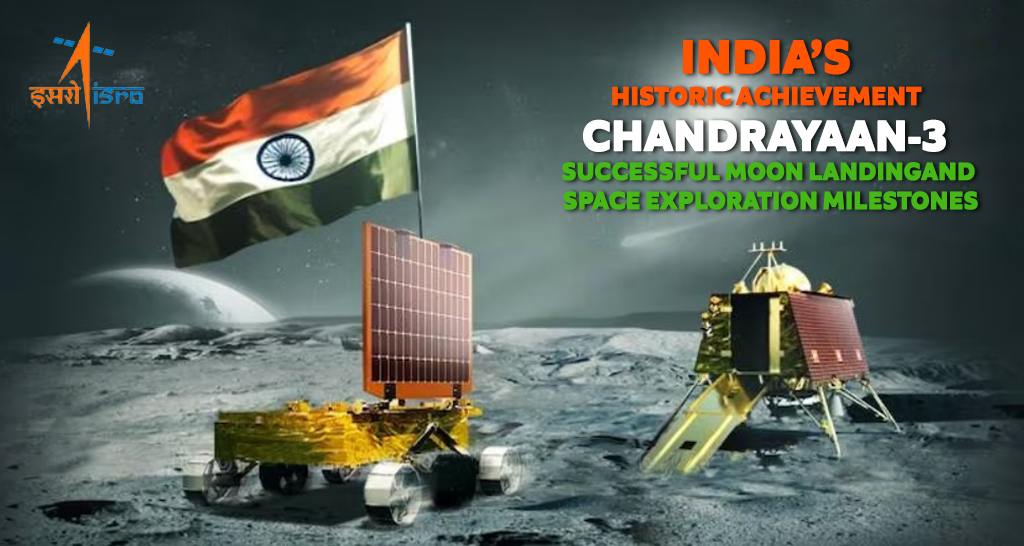Isro was formed on August 15, 1969 and superseded INCOSPAR with an expanded role to harness space technology.Indian Space Research Organisation (ISRO) is India’s national It serves as the principal research and development arm of the Department of Space (DoS) the Chairman of ISRO also serving as the chief executive of the Dos.

The agency maintains a constellation of imaging, communication and remote sensing satellites, It operates the “GAGAN and IRNSS” satellite navigation systems, It has sent “Three Missions” to “the Moon and one mission to Mars“.
ISRO built India’s first satellite,” Aryabhata”, which was launched by the Soviet space agency “Interkosmos” in 1975.It has subsequently developed various “small-lift and medium-lift launch vehicles”, enabling the agency to launch various satellites and deep space missions.
It is one of the six government space agencies in the world that possess full launch capabilities with the ability to deploy “cryogenic engines, launch extraterrestrial missions and artificial satellites”, It is also one of only four governmental space agencies in to have demonstrated unmanned “soft landing” capabilities.
History
The Indian National Committee for Space Research (INCOSPAR) was set up in 1962 by Prime Minister “Jawaharlal Nehru” on the suggestion of “Dr. Vikram Sarabhai“.An IOFS officer, was appointed the first director of the Thumba Equatorial Rocket Launching Station.
Under the government of “Indira Gandhi”, INCOSPAR was superseded by ISRO. Later in 1972, “a space commission and Department of Space (DoS)” were set up to oversee space technology development in India specifically.
At the same time, another solid-fuelled rocket,the “Augmented Satellite Launch Vehicle (ASLV)”, whose design was based upon SLV-3 was being developed, with technologies to launch satellites into “geostationary orbit (GTO)”, The ASLV had limited success and multiple launch failures.The number of satellites eventually grew and the systems were established as among the largest satellite constellations in the world.
The arrival of the PSLV
The arrival of the PSLV in 1990s was a major boost for the Indian space programme. With the exception of its first flight in 1994 and two partial failures later, the PSLV had a streak of more than 50 successful flights.
Chandrayaan

ISRO launched Chandrayaan-1 in 2008, purportedly the first probe to verify the presence of water on the MOON, and the MARS Orbiter Mission in 2013, the cryogenic upper stage for “GSLV” rocket became operational.
On 22 July 2019, the Chandrayaan-2 mission was a partial success.

On 23 August 2023, India achieved its first soft landing on an extraterrestrial body and became the first nation to successfully land a spacecraft near the lunar south pole with ISRO’s Chandrayaan-3.








